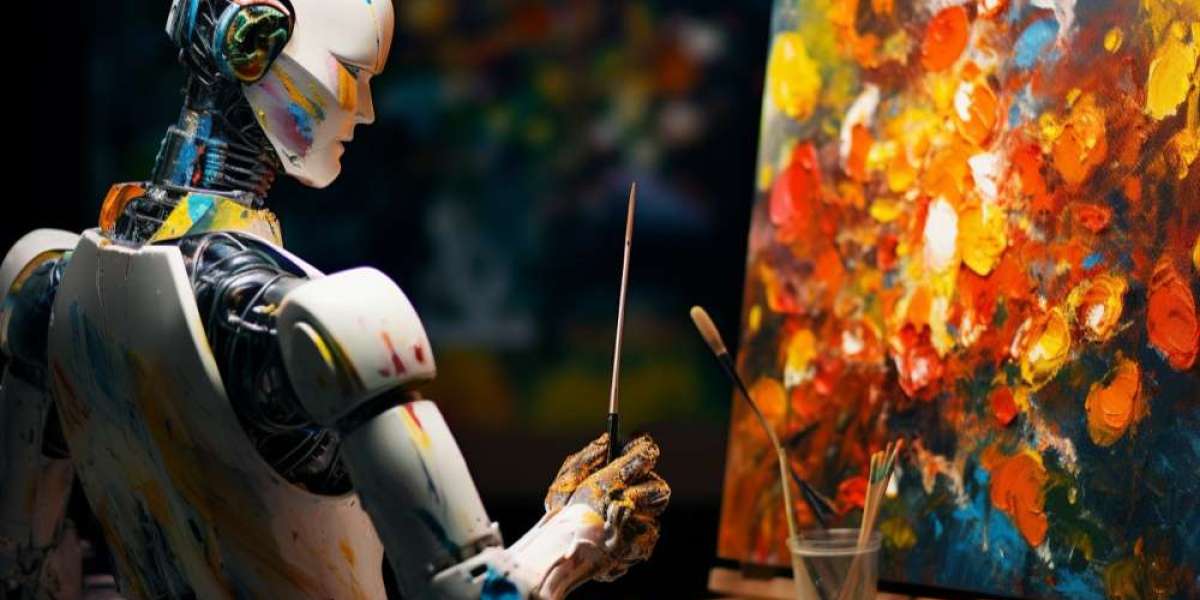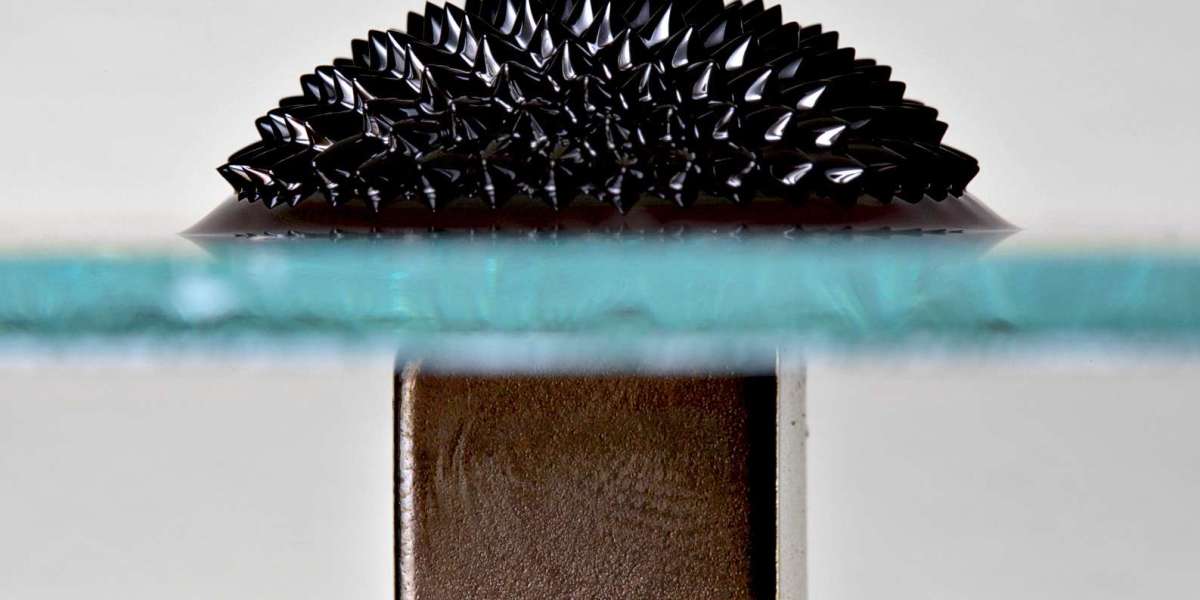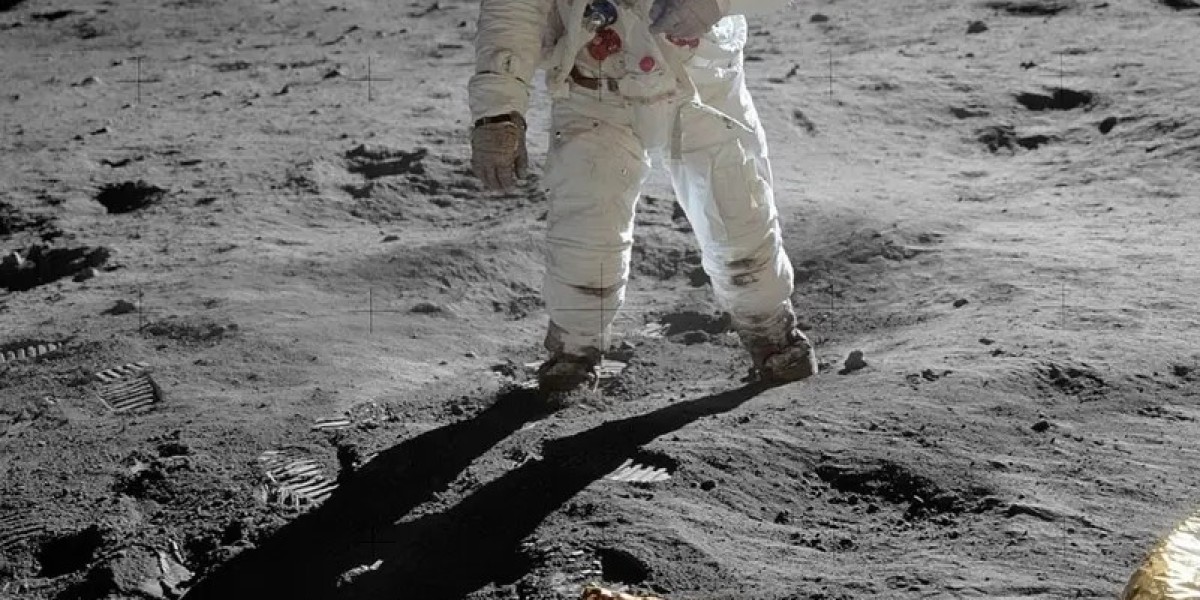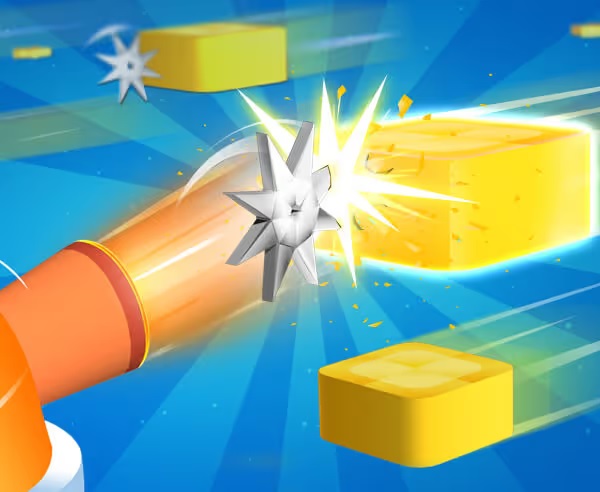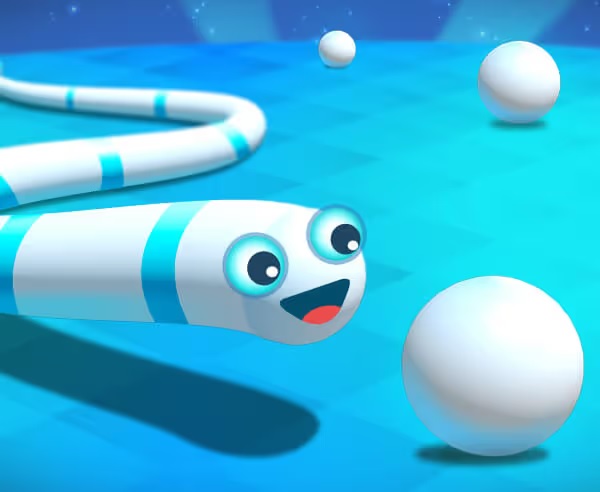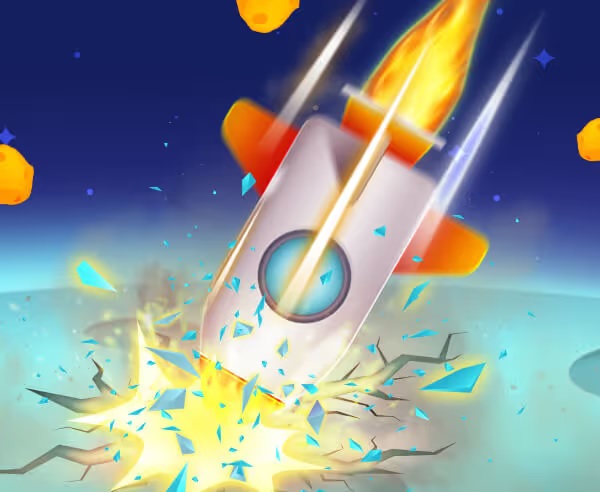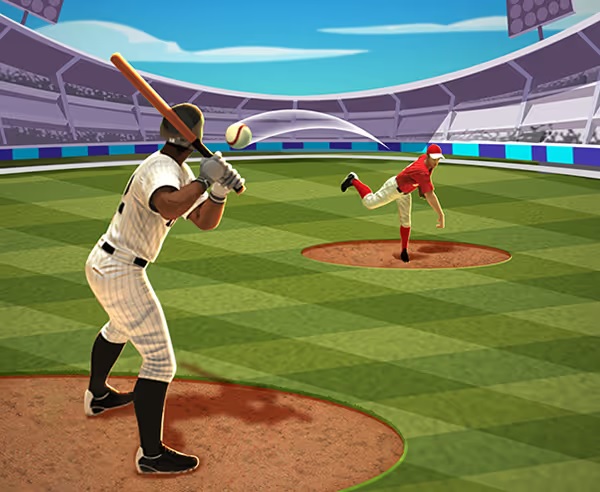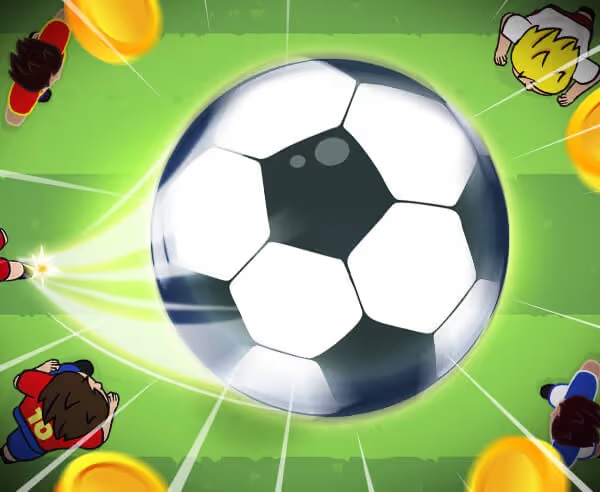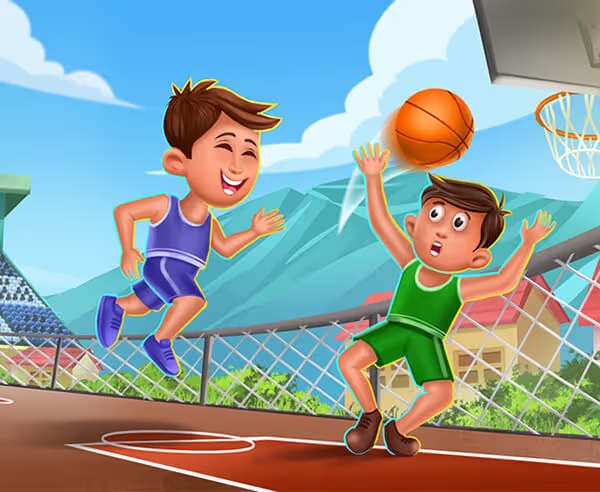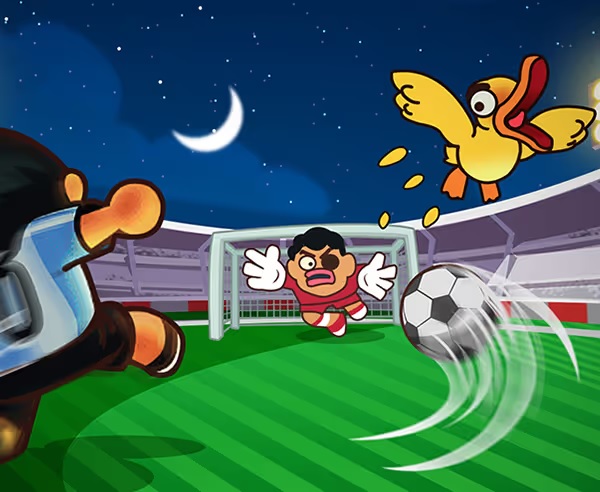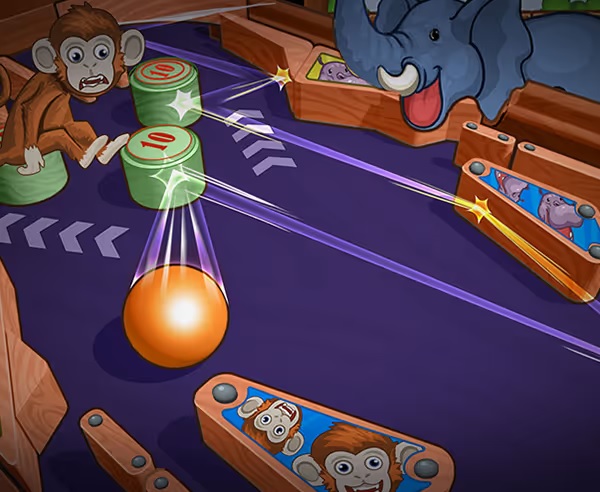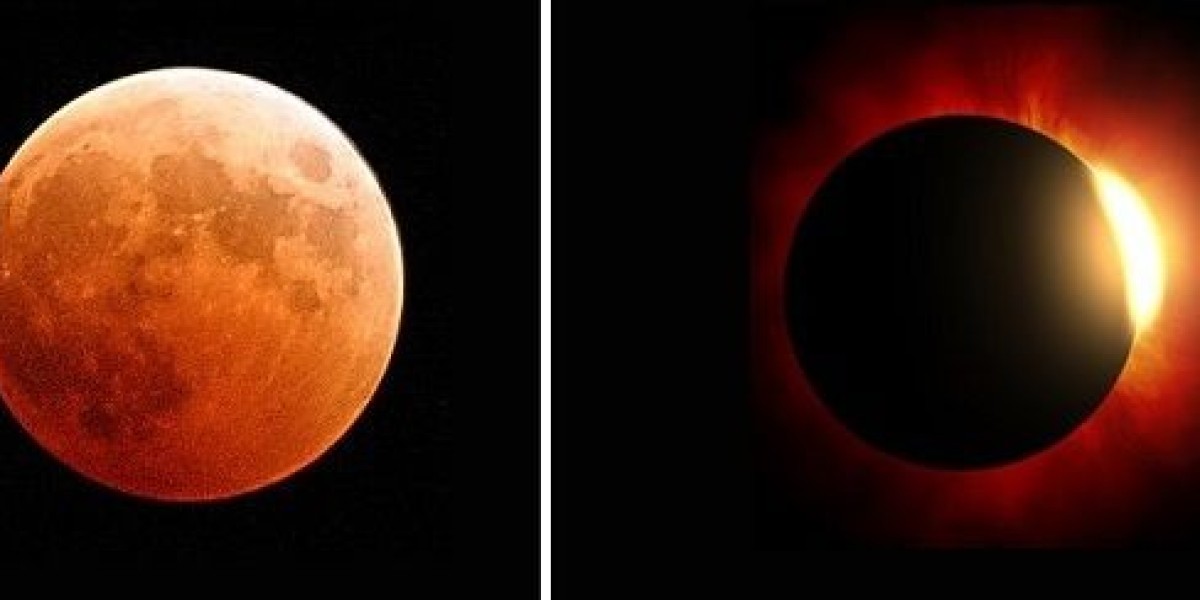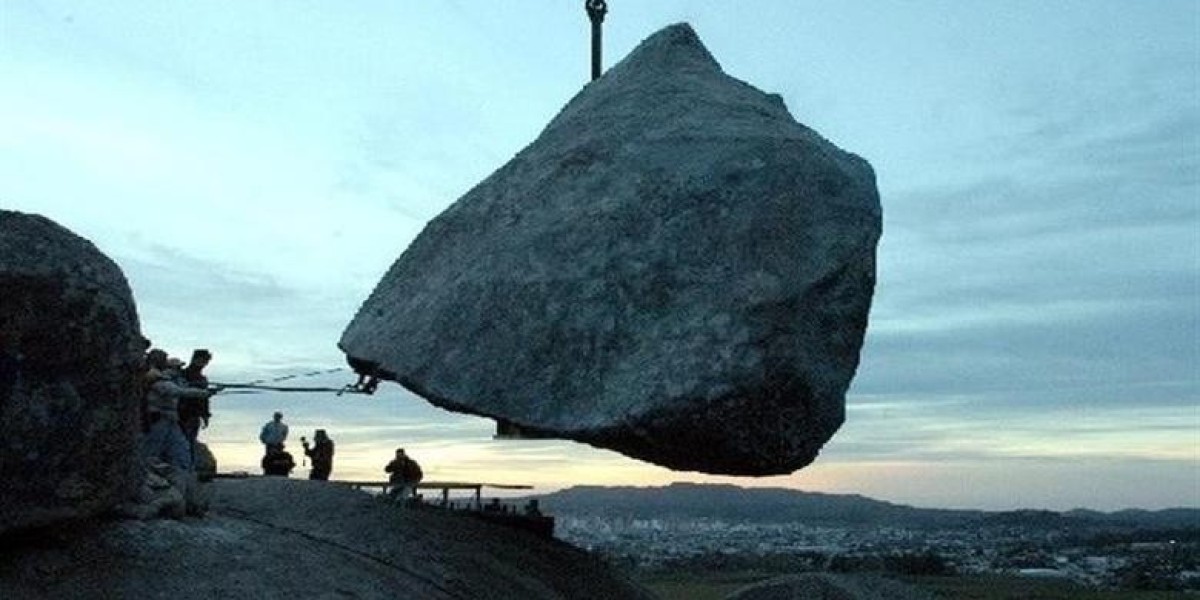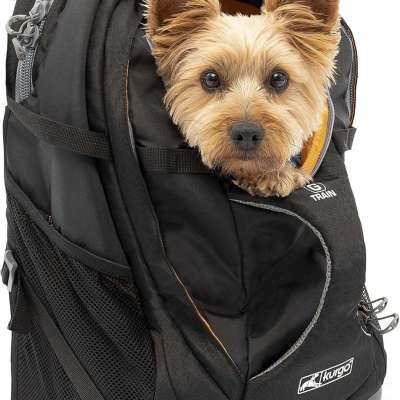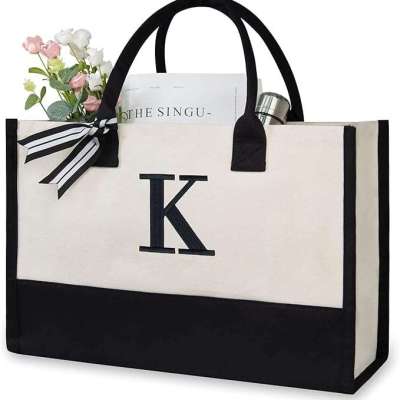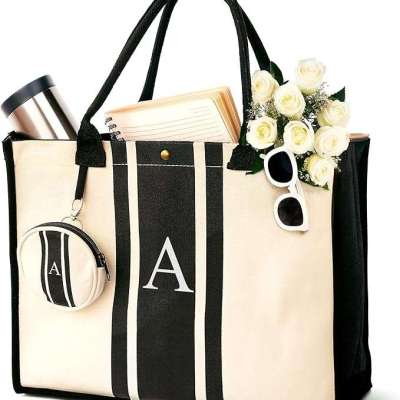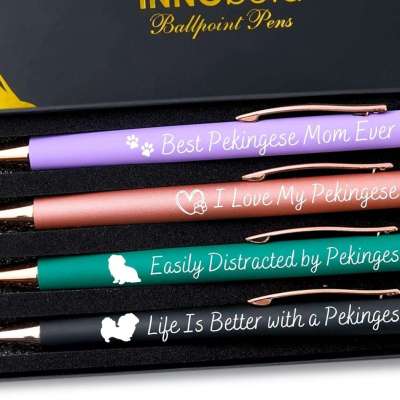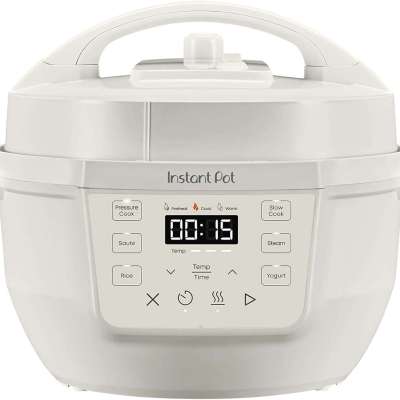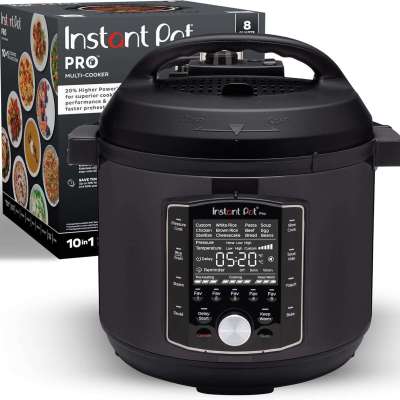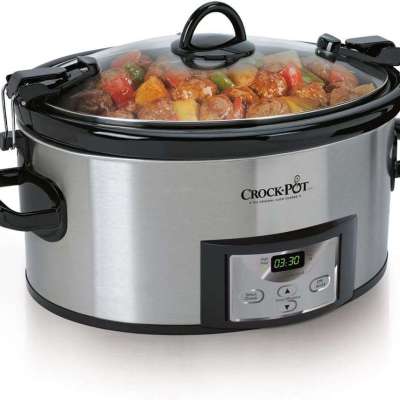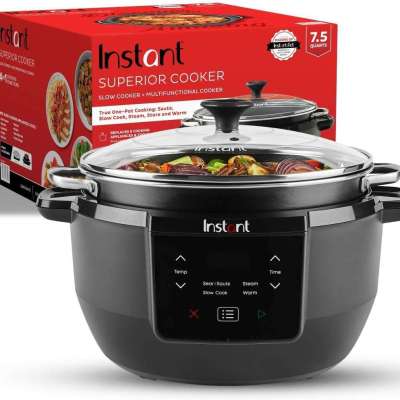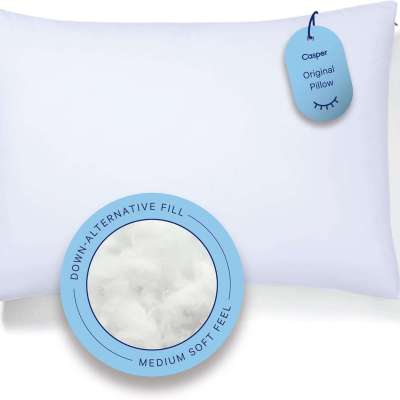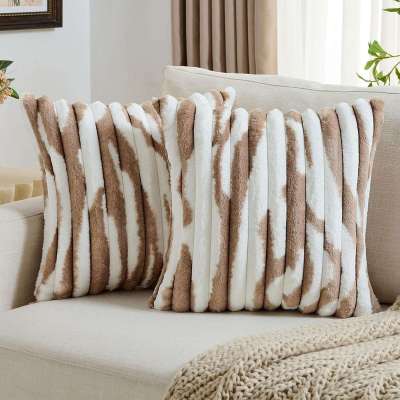Article image source: freepik (link)
Artist Audrey Eve Goulet was amazed as she watched a robotic arm from the startup Acrylic Robotics pick up a brush, dip it into a pot of paint, and place it on the canvas with great precision, reproducing a painting by the artist.
"Seeing the robot up close is amazing," Goulet said at the startup's headquarters in Montreal. "It's very comfortable holding the brush, washing it, and changing colors!" she noted.
Goulet was impressed by the company's vision: to design machines capable of creating nearly exact replicas of paintings, enabling the human artists who created them to display and sell these reproductions on a wider scale, without having to repaint them themselves.
"At first, I just wanted to create a robot that would help me repaint my own paintings," says Acrylic Robotics founder Chloé Reine.

Acrylic Robotics' robots working on a reproduction
She recounts that fulfilling requests from her friends and family as a teenager would take weeks, noting that she earned $2 an hour!
After studying engineering, she launched her project in 2021. It took her team three years to create paintings, known as "orographic paintings," of sufficient similarity and quality to be displayed and sold.
She explains, "The idea is to capture the aura of the artwork through the chronological sequence of brushstrokes, in a three-dimensional form that no simple photocopy can match."
Artist Approval and Compensation
Audrey Eve Goulet notes that she likes "the ability to see the lines." She adds, "In the pink color here, you can clearly see where the brush is and the shape it has drawn." "It really looks like one of my own works," she says, looking at the orographic version of her painting, the second version, as the first wasn't color-accurate.
She acknowledges that "there's less history and narrative in the orographic version." "My final work probably lived five times before it reached this stage," she notes, "while the robot only sees the final layer."
Participating artists recreate their paintings on a digital tablet, which records their chosen colors, the pressure and speed of each brushstroke, and other data that is then fed to the robot.
She notes that "the company is also working on more advanced AI models so that its devices can reproduce the image directly."
Chloé Raine hopes to offer "a self-service platform within a year that allows any artist in the world to upload their style."
Customers would then be able, for example, to order a painting of their dog in the style of their favorite artist, who would then receive a commission.
It's somewhat similar to AI image-generating tools on demand, but with a key difference. One is that the artists agree to it, are credited with their names and are the authors of these works, and receive financial compensation, which are the three principles the art world has been demanding since the advent of generative AI.
advertisement
Compromises
The entrepreneur notes that "people say at first glance when they see a robot drawing... that it's the worst thing they've ever seen."
However, she adds that "many artists are delighted" when they are offered "the opportunity to have some of their previous work used as references, in exchange for a monthly payment."
The vast majority of artists find it difficult to make a living from their art because they cannot penetrate the elite circle of established galleries. Those who succeed are often restricted by their contracts.
Therefore, they must find a compromise between their ambitions and their financial needs.
Audrey Eve Goulet says, "I create commissioned artworks for public bodies and collaborative projects, such as Acrylic, to share my art with more people at affordable prices."
The graph paintings sell for an average price of $200 to $1,000, with the artist receiving a commission of between 5 percent and 50 percent, depending on their fame and the extent of their involvement in the project.
Chloe Ryan notes that the company's waiting list "is 500 artists."
However, Michael Kearns, a research associate at Amazon (which Acrylic Robotics uses to design its AI models), notes that photographers face a similar challenge, "even though their work is much easier to reproduce."
Currently, the company generates its revenue primarily from orders from large institutions, such as hotel chains.
Chloe Ryan says, "We're not replacing the authors. Hotels often buy printed artwork without using any artists."
Thank you !
